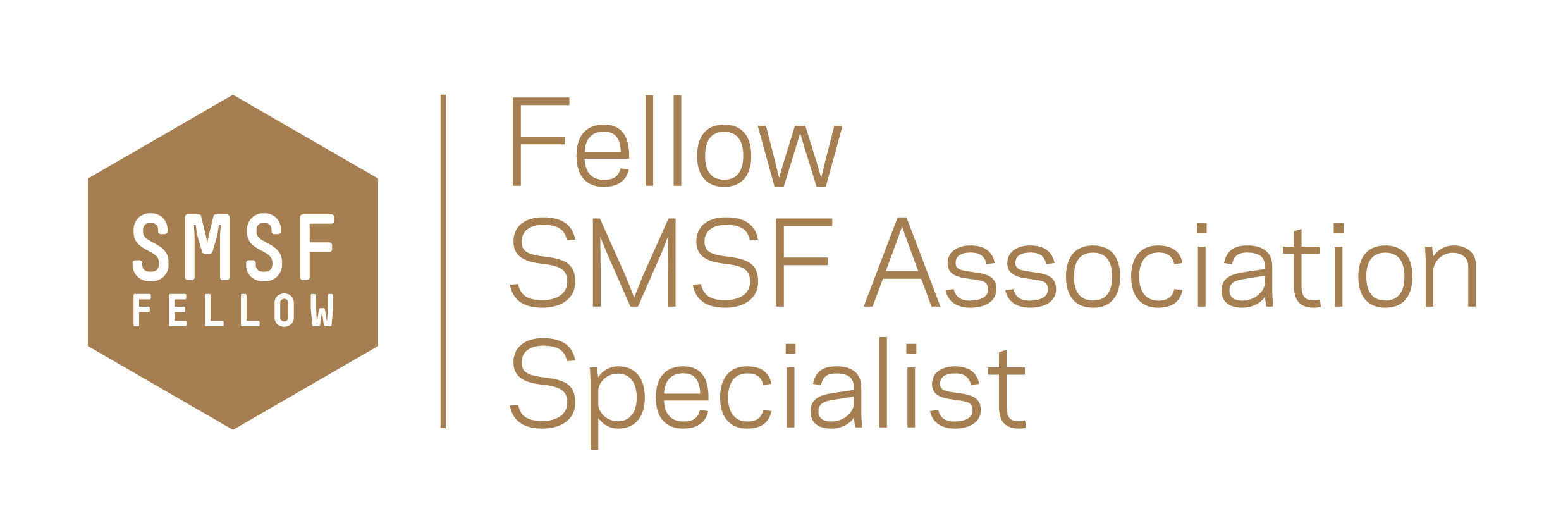I openly admit that I am not an expert in choosing properties (indeed my own personal history with property investing is dismal to say the least but improving!). I work on the structure and strategy with my clients and recommend they do their own in-depth property research or lately I have been recommending people use a Buyer’s Agent if they are inexperienced or lack confidence, time or want help and advice but need to know that person is working 100% on their behalf.
That brings me to the title of this blog and I asked a local Buyer’s Agent here in the Hills District of Sydney who operates countrywide to explain the role and benefits of a Buyer’s Agent. So here is our first Guest Post from Jay Anderson of Jay Anderson – Property Strategist | Buyers Agent | Property Advisor
“Empowering clients to make the right choices!” –

Searching for a home to live in or investing in property, could at best be an intimidating experience. You wouldn’t invest half a million dollars in a business without a strategy or without a business plan, so why would you invest that, or even more, into a property without a plan or strategy? With a process of consultation we determine what clients really need to reach their own personal property goals. Through step by step professional guidance we determine a strategy suitable to our clients needs and finally implement that strategy, finding the home or investment property that credibly suits the designed and agreed personal property strategy.
Why use us as your Property Investment Advisor and Buyers Agent:
- We work exclusively for the Property Investor/Home Buyer. We have no alliances with any real estate agencies, selling agents or property developers and we fight for our buyers! There’s a clear distinction between our services and those of selling agents. We don’t sell property, have no ‘stock lists’ and as exclusive buyer’s agent, we only act for the buyer not the seller.
- We give our clients guidance throughout the entire purchasing process. We provide insight on the market conditions and the best areas to buy/invest in based on their individual needs and property ambitions, empowering our clients to make the right choice and purchase their ideal property at the right price.
- You don’t have to rich and famous to use our services. We can assist you whatever your budget is. We will save you money (we use great negotiation techniques), time (we do the running around for you, we source properties on and off market, attend inspections, provide photos/videos and will advise you what to offer) and alleviate the stress that often accompaniesa property purchase.
- We save our clients heartache. No more the need to try to figure out if my friends ‘advice’ at the BBQ to invest in that ‘hot’ area is credible or not! Believe it or not, but 80% of mistakes that’s made in investing in real estate are made at the buying stage. “You don’t know what you don’t know” and whilst you “can” do it yourself, there is so much at stake.
- We are a fee for service organisation and do not accept any sales commission or incentives from vendors, builders, developers or third parties. We are truly independent and represent the buyer only.
- We will only refer our clients to service providers that have their best interest at heart. We have created a safe environment for property buyers with like-minded people all focused on: ‘What’s in the best interest of my client’.
- We carry appropriate and adequate Professional Indemnity insurance for the services we provide and are a proud member of the Property Investment Professionals of Australia (PIPA), Property Investors Council Australia (PICA), a Qualified Property Investment Advisor (QPIA) and a licensed Real Estate Agent (LREA)
Why not build your property portfolio on good foundations? Make your next property acquisition an informed one.
For more information please contact:
Jay Anderson
Property Strategist, Buyers Agent, Property Advisor
QPIA®, LREA, Cert Prop. Serv, Dip. Bus Mgmt, Dip. Hos Mgmt, CHRM
jay@jayanderson.com.au | Phone: 0410 746 200
https://www.jayanderson.com.au/
The SMSF Coach or Verante Financial Planning do not request or receive any commissions or referral fees from recommending services like Jay’s, we just want the best professional advice for our clients.
For more detail on Investing in Property through an SMSF check out our previous articles
Property through super in a SMSF – Part 1: Background
Property through super in a SMSF – Part 2: The Process
Property through super in a SMSF – Part 3: 20 most common mistakes
SMSF Borrowing: What Can I Do With An Investment Property Within The Rules.
Can I borrow to buy a house and land package off the plan in my SMSF?
Keep updated by putting an email address in on the left hand column and pressing the “Sign me up!” button. Happy to take comments in the section below.
Bye for now.
Liam Shorte B.Bus SSA™ AFP
Financial Planner & SMSF Specialist Advisor™
Tel: 02 98941844, Mobile: 0413 936 299
PO Box 6002 Norwest NSW 2153
40/8 Victoria Ave. Castle Hill NSW 2154
Suite 4, 1 Dight St, Windsor NSw 2756
Corporate Authorised Representative of Viridian Select Pty Ltd ABN 41 621 447 345, AFSL 51572
This information has been prepared without taking account of your objectives, financial situation or needs. Because of this you should, before acting on this information, consider its appropriateness, having regard to your objectives, financial situation and needs. This website provides an overview or summary only and it should not be considered a comprehensive statement on any matter or relied upon as such.


















